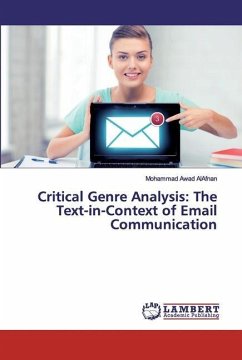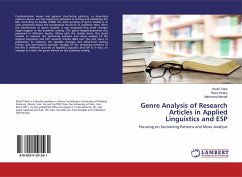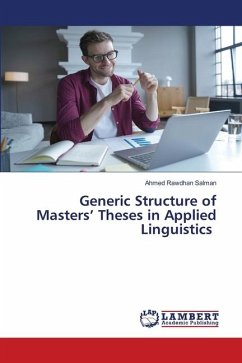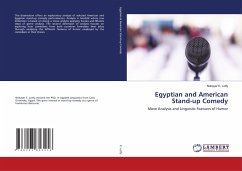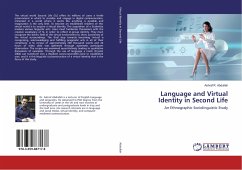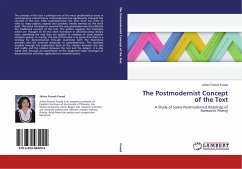Intercultural face-to-face communication is tricky as people from different cultures have different approaches to communication, meeting styles, and business etiquette. In face-to-face communication, these differences can be negotiated through gestures, body language, and facial expressions. In emails, however, this luxury is not available. Emails may lose a lot of potentials in cultural translations, and can also be a source of feud and possibly confusion. As an asynchronous method of communication, the language of emails is the only encounter between communicators. Therefore, intercultural stylistic and contextual differences can be a source of dispute, as messages written by non-native speakers can be viewed unfavorably by the natives and vice versa. This book examines workplace emails from the stylistic and the contextual perspectives. In particular, this book scrutinizes the stylistic features of internal and external workplace emails that are written by Malaysians, Chinese,Indians, Africans, Middle Eastern and British employees and employers. It is a text-in-context multicultural enquiry.

